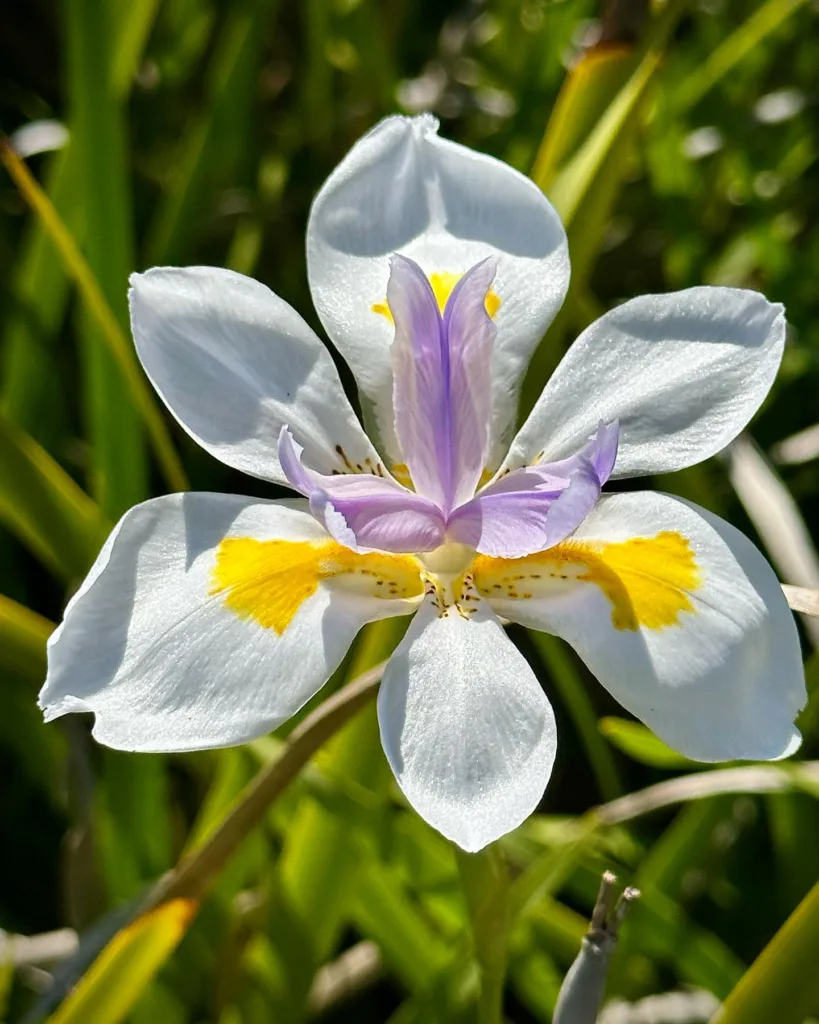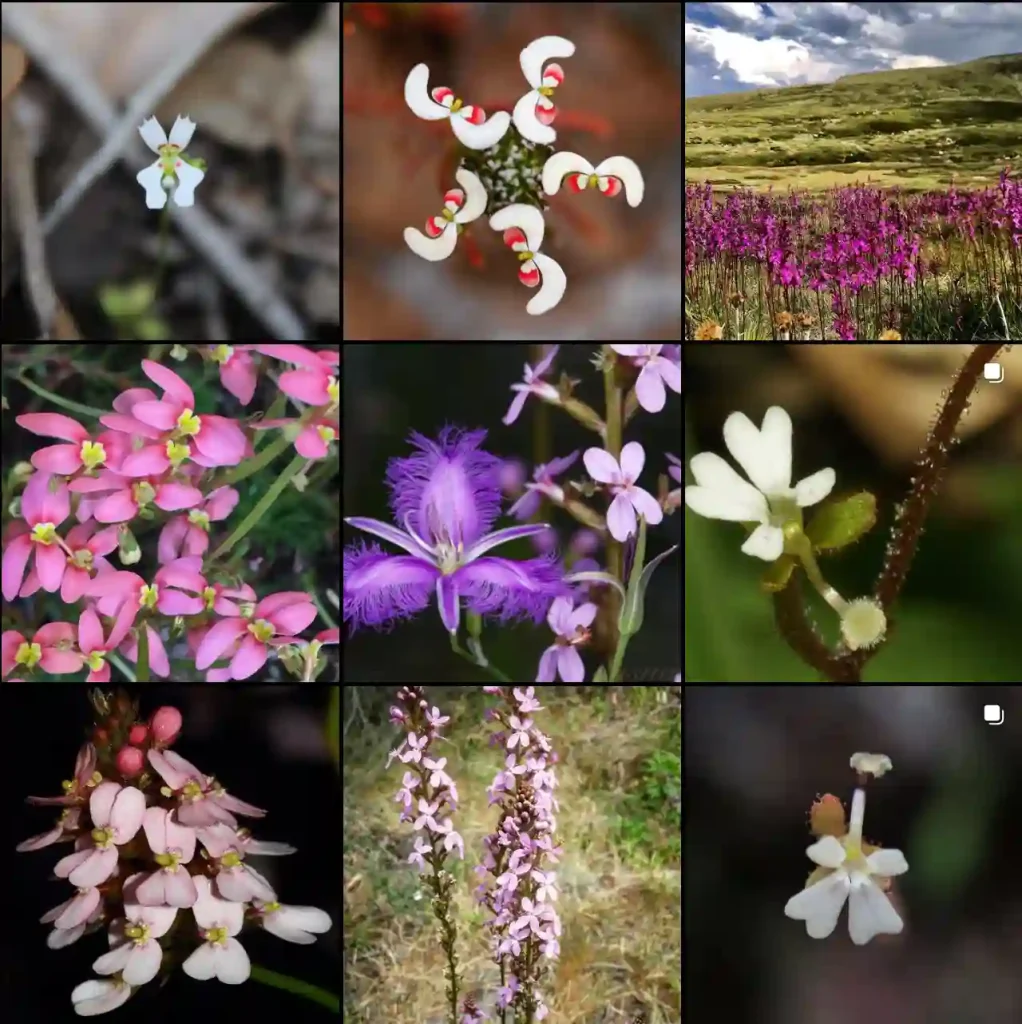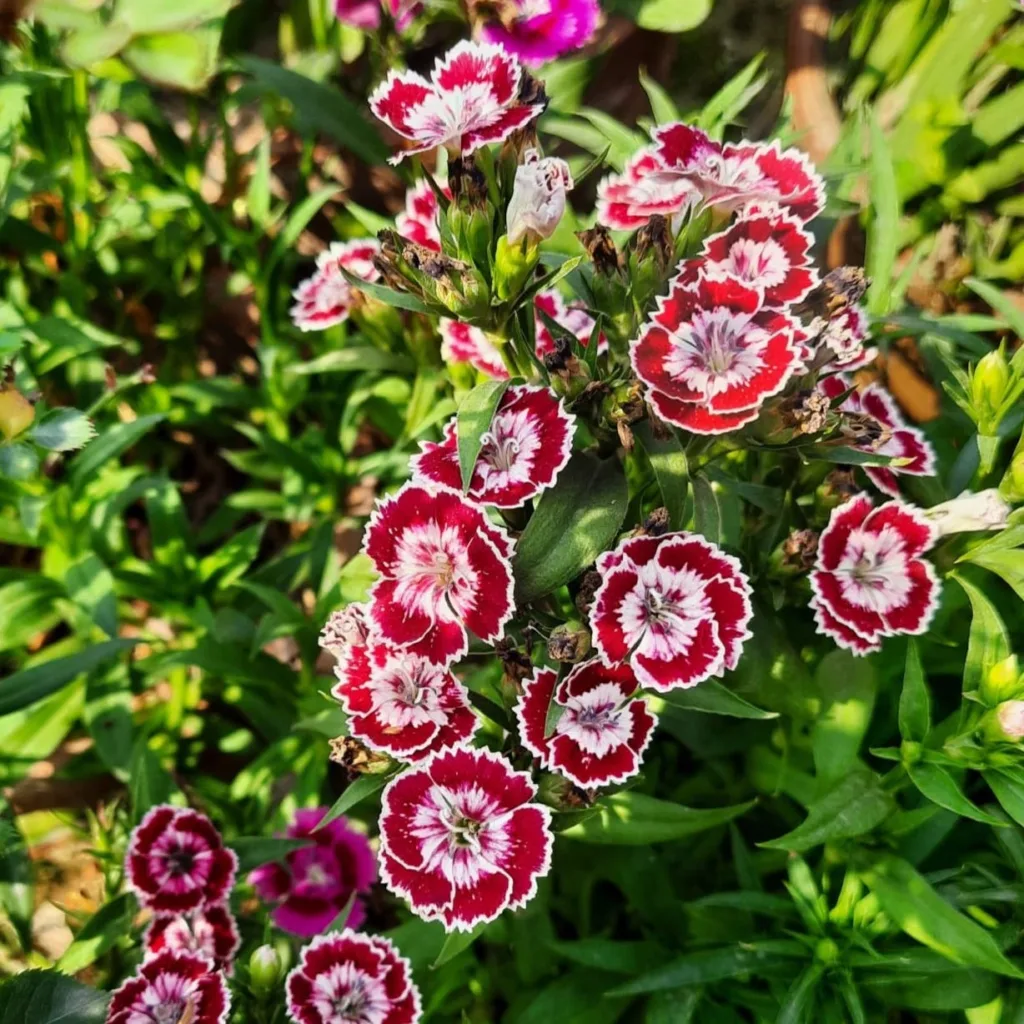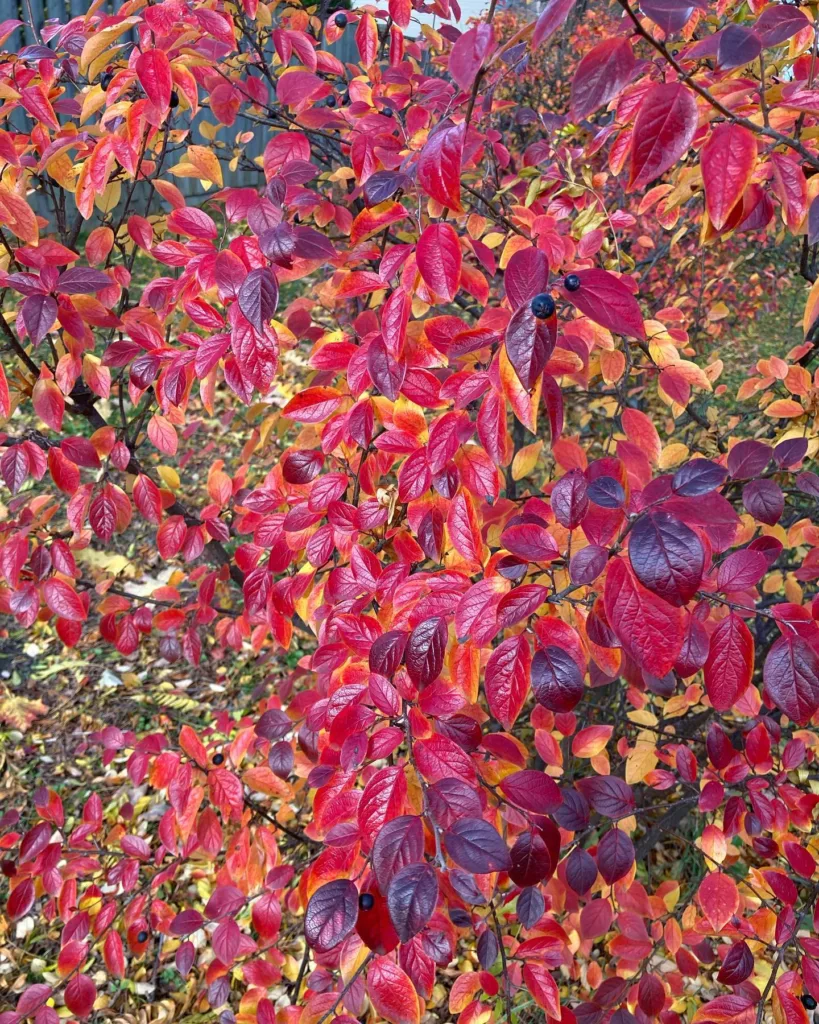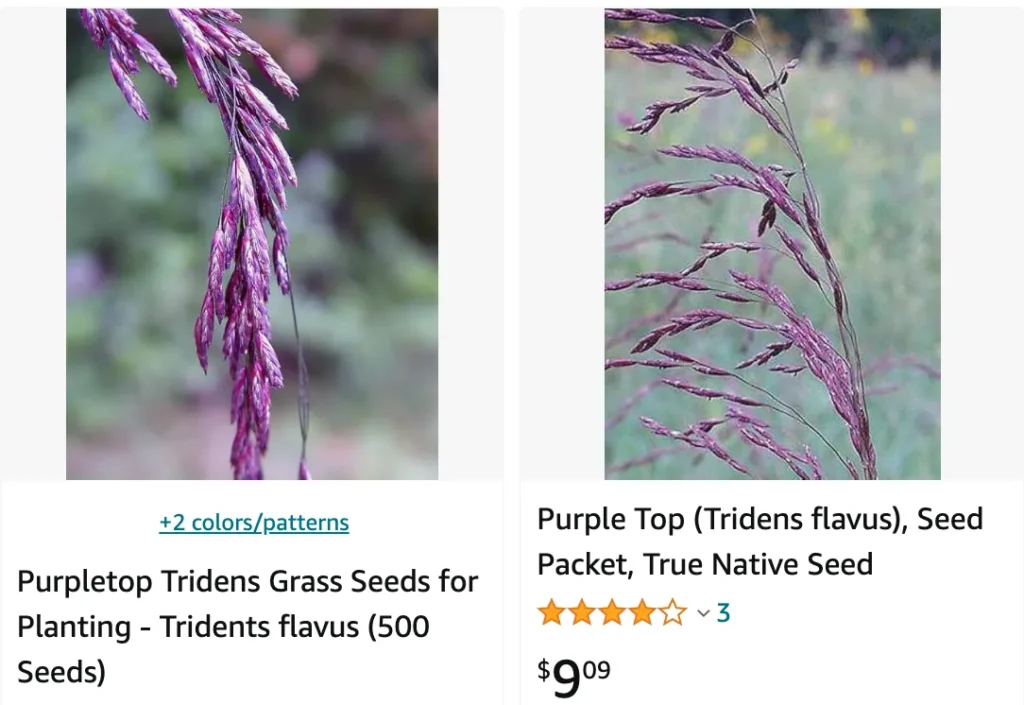
Tridens Flavus: A Native Beauty for Your Garden
As a passionate gardener, I’m always on the lookout for unique and beautiful plants that thrive in our local ecosystem. That’s how I stumbled upon Tridens flavus, a captivating native perennial grass that stole a piece of my heart. Also known as purpletop, purpletop tridens, or tall redtop, this robust bunchgrass boasts a stunning display of color and texture, making it a valuable addition to any garden.
14 Species in Genus Tridens
But Tridens flavus offers more than just aesthetics. This easy-to-care-for grass is a haven for pollinators, provides erosion control, and adds a touch of natural elegance to landscapes. Intrigued? Let’s delve deeper into this fascinating plant.
What is Tridens Flavus?
Tridens flavus is a large, perennial bunchgrass native to eastern North America. It flourishes in various habitats, from meadows and prairies to woodlands and disturbed areas. Standing tall and proud, it can reach heights of up to 4 feet, with airy flower panicles that erupt in a vibrant display of purple or red during late summer and fall.
Beyond its visual appeal, Tridens flavus plays a vital role in the ecosystem. The seeds provide a valuable food source for birds, while the dense foliage creates a safe haven for butterflies and other pollinators. The intricate root system also helps prevent soil erosion, making it a fantastic choice for slopes and rain gardens.
How to Care for Tridens Flavus?
The beauty of Tridens flavus lies not just in its looks, but also in its low-maintenance nature. Once established, it requires minimal care and thrives in most well-drained soils. Here’s how to ensure your purpletop flourishes:
- Sunlight: Tridens flavus prefers full sun but can tolerate partial shade.
- Watering: Regular watering is essential during the first growing season. Once established, it becomes quite drought-tolerant.
- Soil: This adaptable grass prefers well-drained soil but can tolerate a wide range of soil types.
- Fertilization: Fertilization is generally unnecessary. In fact, excessive nutrients can encourage excessive growth and weaken the plant.
How to Propagate Tridens Flavus?
Sharing the beauty of Tridens flavus is easy! This versatile grass can be propagated through two main methods:
- Seed: This is the most common method. Collect mature seeds in late fall or early winter and store them in a cool, dry place until spring. Sow the seeds directly into prepared soil and keep them moist until germination.
- Division: Established clumps can be divided in spring or fall. Carefully dig up the clump and use a sharp tool to divide it into smaller sections. Replant the divisions in their new locations and water them well.
When to Harvest Tridens Flavus Seed?
The ideal time to harvest Tridens flavus seeds depends on your preference. If you want to ensure maximum seed viability, wait until the seed heads have turned a golden brown color and begin to dry out. This typically occurs in late fall. However, if you’re concerned about losing seeds to birds or wind dispersal, you can harvest them slightly earlier when they’re still a light brown color.
Pro Tip: To make harvesting easier, you can enclose the seed heads in breathable bags before they mature fully. This will trap the seeds when they fall, preventing them from scattering in the wind.
What to Plant with Tridens Flavus?
Tridens flavus is a versatile companion plant that complements a variety of garden styles. Here are some ideas:
- Wildflowers: Create a stunning native meadow by pairing Tridens flavus with black-eyed susans, coneflowers, and butterfly milkweed.
- Ornamental Grasses: For a textural contrast, consider planting Tridens flavus alongside blue fescue, switchgrass, or maidenhair grass.
- Perennials: Add a splash of color with vibrant perennials like daylilies, coreopsis, or bee balm.
Conclusion
Tridens flavus is more than just a pretty face. This native grass offers a bounty of benefits for both your garden and the environment. With its easy-going nature and stunning visual appeal, Tridens flavus is a must-have for any gardener seeking to create a beautiful and ecologically friendly landscape. So, why not give this native gem a try in your garden? You won’t be disappointed.
If i die, water my plants!
